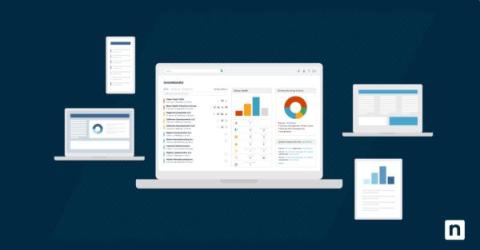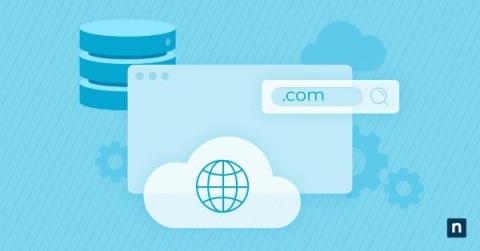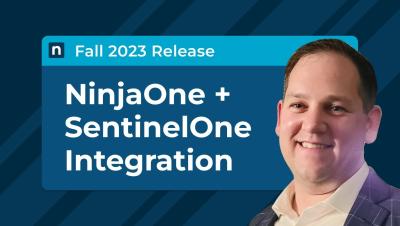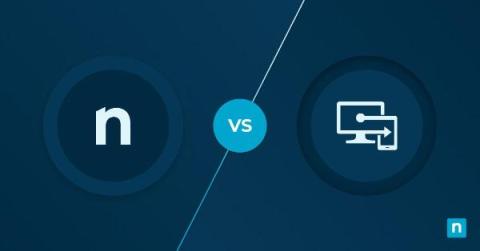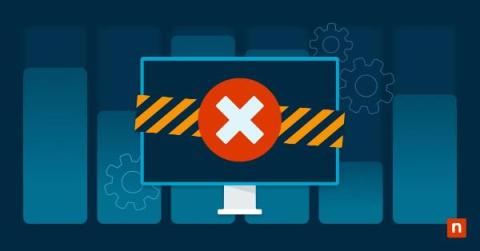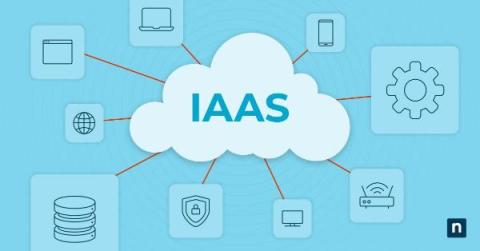Unified Endpoint Management Strategy Complete Guide
Unified endpoint management is a growing market, and IDC predicts it will grow from $3.4 billion in 2019 up to $4.9 billion in 2024. This market growth is due to a variety of factors such as the Bring Your Own Device (BYOD), Choose Your Own Device (CYOD), and Internet of Things (IoT) trends. Data security is also a growing concern and the number of devices continues to increase each year, plus there is a high volume of data sharing across these organizational devices.


